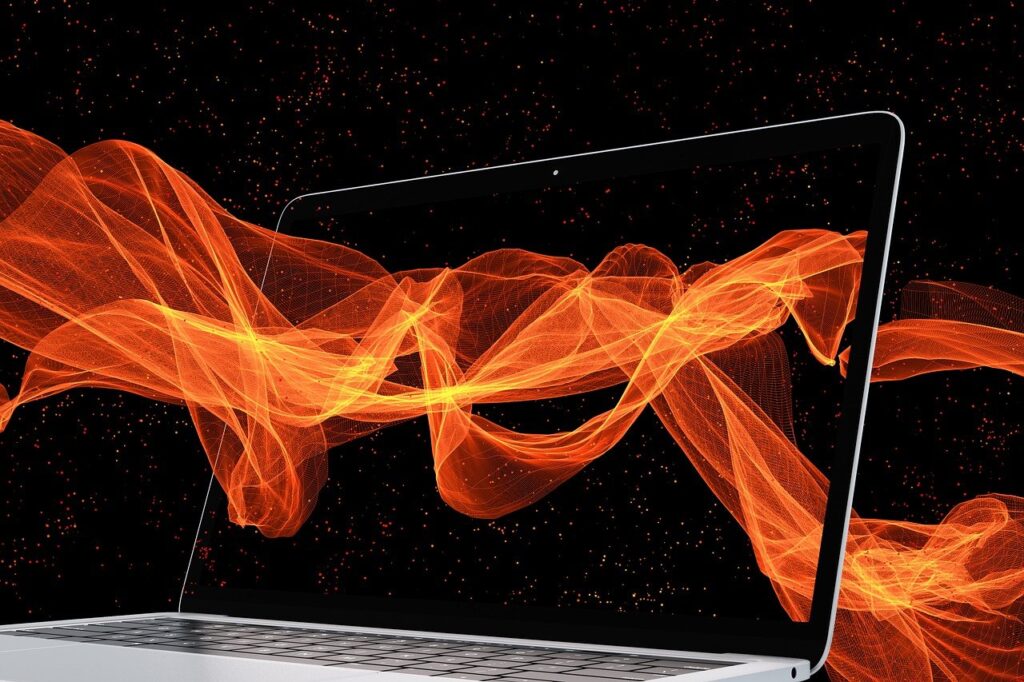It’s hardly a secret that data center-focused vendors celebrate new generation server microprocessors and systems. Coming after years of development and tens of millions of dollars in investment, new systems highlight vendors’ essential capabilities and their success in expanding the limits of technical innovation.
In addition, the sheer cost of such endeavors means that new solutions are initially aimed use cases where need for leading edge performance outweighs normal budgetary concerns, including large enterprises and public-sector agencies. But what happens when those heady, high-margin sales begin to slow? How do vendors translate and deliver new innovations into the mainstream?
A few such organizations will put new systems through their technical paces, but others’ requirements are decidedly middle of the road or even pedestrian. So how can vendors successfully blend next gen performance and affordable business value? IBM’s newest scale-out (SO) Power Systems offer an interesting window into these issues, especially in light of the company’s focus on its own POWER9 silicon and other system technologies.
What’s new in POWER9 solutions
So what upgrades and new features do the new Power Systems boast? Out of the box, the new solutions offer about 1.5X better overall performance than previous generation POWER8-based servers. Much of that is due to the IBM POWER9 SO chips that drive the new 2-socket and 4-socket configurations.
The new systems also support industry standard DIMMs which enhances their cost competitiveness (.vs x86-based alternatives). Plus, they support 2X to 4X more memory than previous POWER8-based servers, and also offer considerably better bandwidth than past gen solutions. That includes up to 4X increased CPU fabric bandwidth to maximize scalability, increased I/O bandwidth via PCIe GEN4 slots (and upcoming expansion drawer options), 25Gb ports for GPU or OpenCAPI acceleration and integrated support for NVMe Flash.
Despite these significant upgrades, the new solutions’ power requirements and form factors are in keeping with past gen Power System offerings. Plus, IBM is now utilizing single chip module (SCM—as opposed to dual chip module, or DCM) packaging for all 2- and 4-socket systems. That reduces software licensing issues common in DCM designs and also supports lower latency for simpler CPU-to-CPU transfers.
New Power Systems by the numbers
The new Power Systems solutions come in four upgradable entry level models:
- S914 – a 4U system available in both rack and tower designs that sport 4, 6 or 8 cores, 16 DIMM slots, 1TB of memory, 2 CAPI 2.0 slots and integrated IBM PowerVM virtualization.
- S924 – a dual socket 4U rack system with 8, 10 or 12 cores, 32 DIMM slots, 4TB of memory (which IBM says is considerably more than competing x86-based 2-socket systems), 4 CAPI 2.0 slots and integrated IBM PowerVM virtualization.
- S922 – a 1- or 2-socket 2U rack system designed for high density deployments. Available with 4, 8 or 10 cores, 32 DIMM slots, 4TB of memory, 4 CAPI 2.0 slots and integrated IBM PowerVM virtualization. IBM says the S922 leads the industry in memory capacity compared to x86-based 2 socket systems.
- L922 – a 1- or 2-socket 2U rack system designed for high performance and security deployments and applications. Comes with 4, 8 or 10 cores, 32 DIMM slots, 4TB of memory, 4 CAPI 2.0 slots and integrated IBM PowerVM virtualization. Like the S922, the L922’s 4T of memory footprint leads the industry compared to x86-based 2 socket systems.
While the L922 is a Linux-only solution, the other three systems can support IBM AIX, IBM i and Linux operating environments and applications. IBM also emphasized that the new solutions are “cloud-enabled” in the sense of supporting highly flexible and powerful virtualization and management tools which mirror public cloud functions and significantly simplify on-premises private cloud deployments, processes and maintenance. The new systems can also be easily integrated with numerous IBM Cloud services and solutions.
That’s all to the good technologically, but the overall price/performance of the new offerings is also significantly better than past-gen POWER8-based servers and x86-based competitors. That underscores a prime strategic point for IBM, especially when it comes to serving small- to medium-sized enterprises; building products that keep customers happy while expanding Power Systems’ value to prospective customers, especially owners of x86-based servers.
POWER Innovation for the mainstream
The features outlined above obviously enhance the value of system upgrades for IBM clients but it’s worth considering where the new systems stand in terms of the POWER9-based AC922 Power Systems the company introduced in early December. Those servers fully exploit POWER9’s robust memory and fabric capabilities to optimally support artificial intelligence (AI) applications and associated machine learning (ML) and deep learning (DL) processes.
These newest servers focus squarely on mainstream workloads, like the traditional database and SAP HANA-enabled applications used by thousands of IBM Power Systems customers running AIX, IBM i and Linux. Despite the constant wooing of competitors pedaling x86-based alternatives, those companies continue to buy, deploy and be fully satisfied with IBM Power Systems’ ability to support and secure business-critical applications and data.
At the same time, many of those same businesses are exploring ways to modernize and adapt their IT infrastructures and workloads. Private, public and hybrid cloud are certainly part of that process. But so is adopting or exploring advanced analytics applications and tools, including big data offerings. Their capacious memory and high-performance fabric options will make the new higher-end Power Systems S924, S922 and L922 ideal for mainstream customers considering analytics options.
It should also be noted that the new POWER9 solutions are well adapted for the evolving needs of core IBM operating system constituencies, including users of the company’s homegrown AIX and IBM i, as well as those dedicated to Linux. Those clients, many of whom have worked with IBM for years or even decades, are particularly important to the continuing health of IBM’s OS efforts and investments. They are is also crucially important to the members of IBM’s channel community that build value-added services on Power Systems.
Final analysis
As I said earlier, new generation silicon and systems offer a wide variety of bragging rights. Those include latest/greatest speeds and feeds and other significant technical achievements. But while those advancements may grab the public’s attention and media spotlight, how vendors adapt and deliver those innovations to mainstream customers is equally or even more strategically important and commercially impactful.
IBM’s new POWER9-based Power Systems S914, S924, S922 and L922 all show the company’s clear understanding of the importance and practical value of that process. The new solutions offer immediate, significant benefits for existing and legacy applications. Plus, they pave the way for exploring or adopting transformative analytics applications and other modern solutions.
Overall, these new offerings find IBM continuing to excel in the realm of business computing and continuing the chain of innovation evident in eight previous generations of POWER silicon and Power Systems.
- Dell Concept Luna – Inspiring Sustainable Innovations with Circular Design - December 21, 2023
- AI Alliance: IBM, Meta, Dell and 50+ Founding Partners Pursue Open, Transparent and Safe AI Innovation - December 13, 2023
- Dell Technologies: Creative Partnering = GenAI Innovation - November 30, 2023



